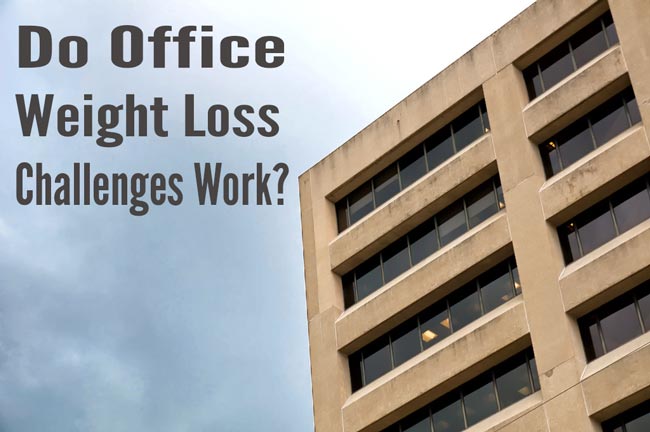In addition to personal training and health coaching for individuals, I also do health education for groups and offices. Many companies need facilitators for their health and wellness programs and I am very happy to bring fitness to anywhere there are people who want to learn.
But I keep noticing a problem in many offices. They are focused too much on the end result.
When I consult with a wellness director or head of a wellness committee about their efforts they always want to highlight their “Biggest Loser” challenge. I cringe inwardly knowing that they’ve set themselves up to fail.
Here is what happens when an office, particularly if their wellness program is new, launches a weight loss challenge:
- Your “true believers” generally aren’t excited because weight loss isn’t one of their current goals or weight loss is something they are already doing on their own. So they keep doing what they’ve been doing all along.
- Those who do need to lose weight but haven’t committed to their fitness goals usually don’t have the tools to do it in a healthful and sustainable way. A 6-10 week challenge can make things worse by encouraging quick fixes or unhealthy starvation diets.
- Sad but true – people cheat. They put rolls of coins in their pockets or wear heavy clothes to get some padding on their initial weigh in. Everyone is doubly discouraged when the cheater wins.
At the end of the challenge you have a large number people who feel as though they have failed. The have come to hate the weigh ins and perhaps participating in the program all together. They may be in worse shape after trying to lose weight quickly and they aren’t any closer to being healthier.
I instead advise HR professionals and wellness directors to focus their efforts on making health and fitness accessible. Make the healthy choice the default option. Here are a few examples that I’ve seen or encouraged offices to do instead of putting all their efforts on a weight loss goal:
- Take out the vending machines. Replace with fresh fruit, tea, coffee and water.
- Have walking meetings to encourage people to get up and move on a regular basis.
- Instead of offering candy or donuts at a morning meeting offer a wake up mediation or stretch break.
- If they want to hold a challenge base it on controllable behaviors like steps walked or water consumed.
In other words, focus on creating a workplace culture of wellness. Provide education and resources not prizes for pounds. Making it a normal part of the office, a part of how business is done, will go a lot further in creating a healthier and happier workforce.
The future of workplace wellness will not be measured not in pounds lost. It will be judged on increased productivity, job satisfaction, decreased absenteeism and lower costs. Workplace wellness can no longer be judged on its own but how it affects the overall bottom line for the business, its workers and the community it serves.
Does your office have a wellness program? Does it work? What goes well and what doesn’t? How would you change it?



